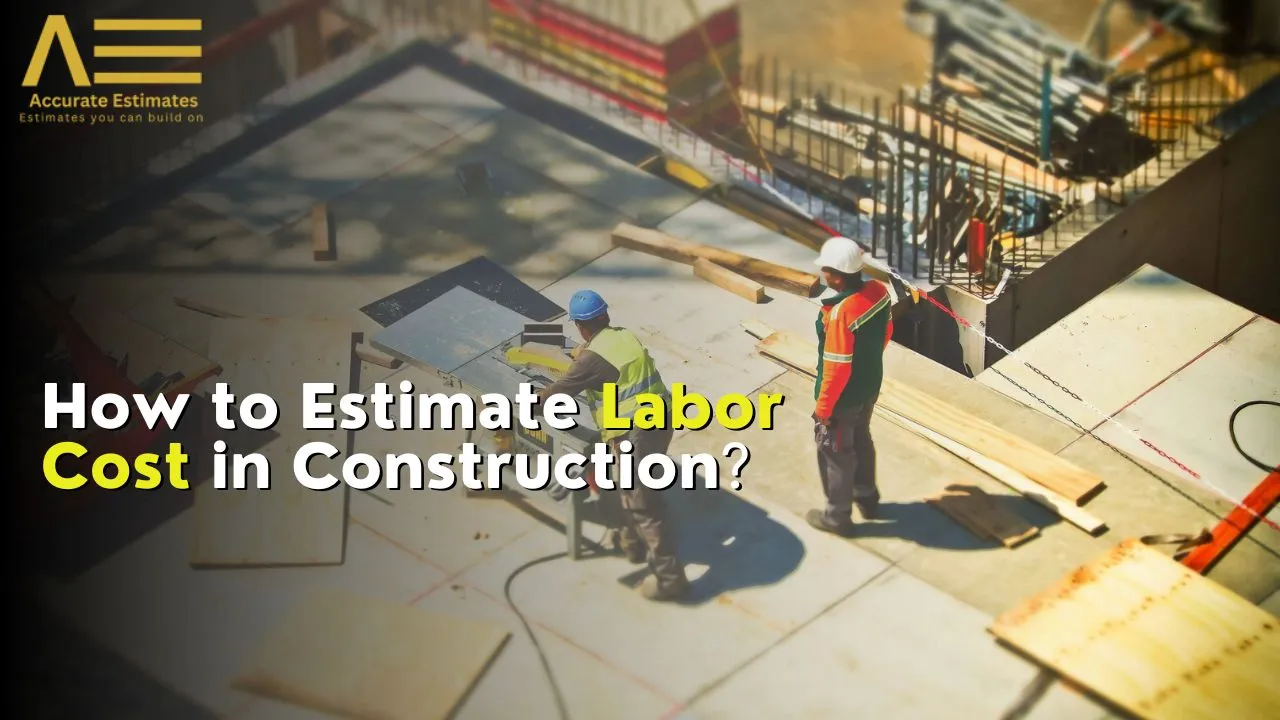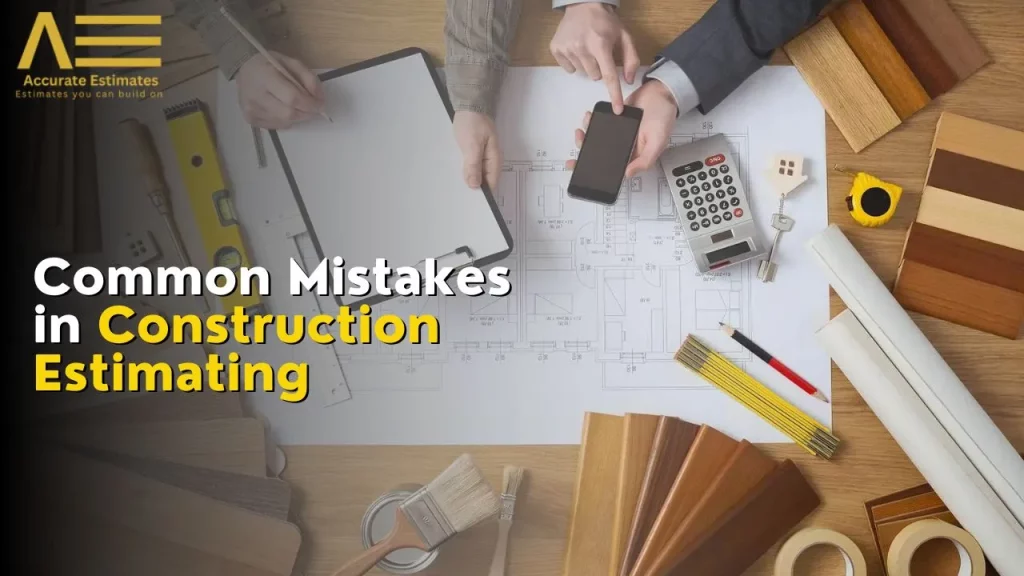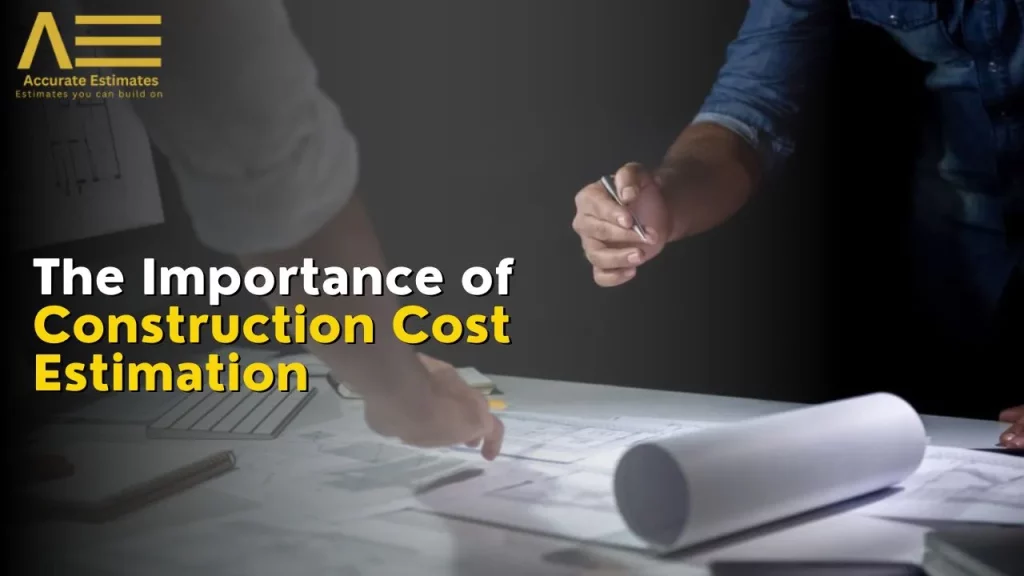How to Estimate Labor Cost in Construction?

Table of Contents
Do you need help estimating labor costs accurately in the construction industry? With the construction industry booming and labor costs on the rise, it’s crucial to master the art of cost estimation to stay competitive. We will use three effective methods in this guide to help you estimate labor cost in construction: unit pricing, square foot, and the rule of two.
What Are Labor Costs?
Before diving into the estimation methods, let’s clarify what we mean by “labor costs.” Labor costs can be considered wages paid to employees for completing a project. This includes skilled tradespeople like excavators, masons, electricians, painters, and more.
Running a successful construction business requires understanding and estimating labor costs. Rather than solely focusing on submitting the lowest bid, contractors must grasp their actual labor costs to provide realistic and profitable estimates.
Why Accurate Labor Cost Estimation Matters
Estimating labor costs accurately is more than just a business strategy; it’s a necessity in today’s competitive construction market. Relying on traditional, time-consuming methods or subcontractors can be risky. Subcontractors can influence the outcome of your bids, which is uncertain.
The goal is to set realistic expectations from the beginning. Submitting unrealistically low bids, only to increase costs later, can frustrate clients and harm your reputation. With construction labor costs continually rising due to high demand, you need reliable estimation methods to stay ahead. You can Hire Professional Cost Estimators to do this.
Three Methods to Estimate Labor Cost
Let’s explore three proven methods for calculating labor costs in construction:
Unit Pricing Method
During the design phase of a project or when estimating bids, the unit pricing method is an ideal way to calculate labor costs. Here’s how it works:
- Determine the hourly rate (unit price) for the specific labor task.
- Calculate the unit price by multiplying it by the completion time.
- Add material costs and other necessary markups like overhead, profit, and supervision.
- Use cost databases or your actual unit prices for precision.
- Calculate labor costs per square foot for more accurate estimates.
Your estimates can be tailored to each project’s unique needs so you don’t underbid or overbid.
Square Foot Method
The square-foot method is a popular choice for contractors for its speed and convenience. It’s useful for prospecting, last-minute bidding, and budget estimates. Here’s how it works:
- For different types of projects, collect data on the average cost per square foot.
- Use historical data to create quick, informed estimates.
- Align with engineers and architects in the preliminary design stages to avoid costly changes.
- Continually collect data to refine your estimates over time.
This method’s efficiency and reliance on historical data make it a valuable tool for contractors seeking quick and accurate estimates.
Rule of Two Method
Your experience as a contractor will help you determine whether you should follow the rule of two. It’s a rough estimate but can be effective in certain situations. Here’s how it works:
- Recognize that labor costs typically make up 40-50% of total project costs.
- Multiply your known labor costs by two and add a 10% contingency.
- Adjust estimates based on project-specific factors, such as custom work or challenging conditions.
While less precise than other methods, the rule of two can serve as a helpful starting point when you need more detailed data on labor costs.
Summary
Estimating labor costs accurately is essential for any construction business’s success. Traditional methods are time-consuming and often unreliable. As construction labor costs continue to fluctuate with market demand, contractors must adapt and embrace more efficient and accurate estimation methods.
By mastering unit pricing, square foot estimates, or even employing the rule of two, you can improve your chances of winning bids, meeting project deadlines, and staying within budget. The approach you take to estimating labor costs should evolve along with the construction industry.
Providing accurate and profitable estimates is essential for your business’s success and builds client satisfaction and trust, mitigating potential mistakes in construction estimating.
FAQs
- What are common factors that affect construction labor costs?
Construction labor costs can vary due to factors such as project complexity, location, labor availability, skill level required, and market demand for specific trades.
- How can I stay updated on labor cost trends in the construction industry?
Attending industry events, monitoring construction industry publications, and networking with other contractors can help you stay on top of trends and developments in the industry.
- Are there software tools available to simplify labor cost estimation?
Yes, many construction management software solutions offer features that help contractors estimate labor costs more accurately. These tools often include databases with labor cost data and project estimation modules.
- Can I use a combination of estimation methods for different aspects of a construction project?
Absolutely! Depending on the project’s complexity, you can use different estimation methods for various aspects of the project to ensure the most accurate overall estimate.


